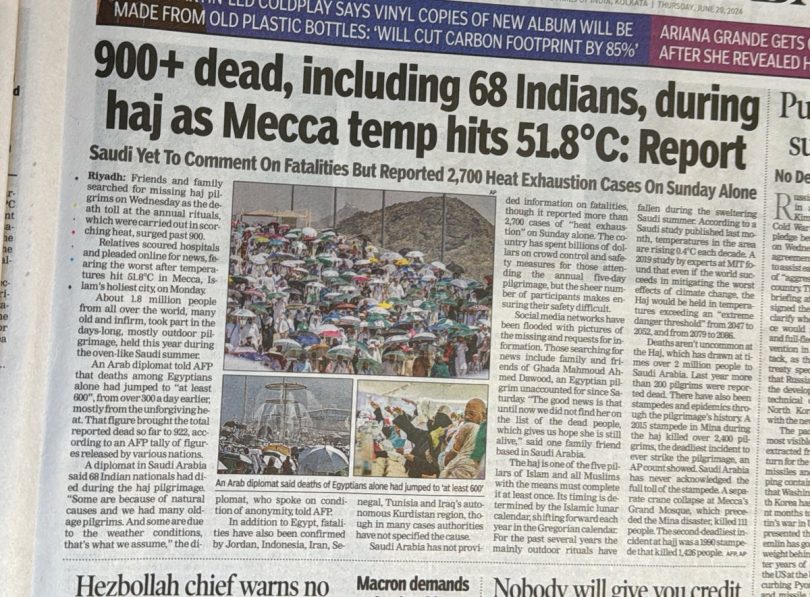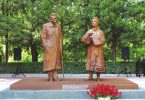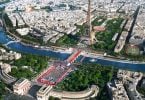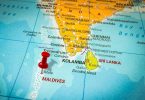Hajj is organized with precision and skills, but providing services to close to 2 million visitors in Mecca remains challenging even with the best organization and ultra-modern facilities, hospitals, and goodwill in place.
With rising temperatures, elderly pilgrims’ death is an unavoidable side effect of this otherwise amazing, spiritual, and highly unique mass event.
Today, worried relatives diligently searched hospitals in Mecca and made desperate pleas on the internet, fearing the worst for missing loved ones.
During the scorching Saudi summer, approximately 1.8 million individuals, including numerous elderly and physically challenged participants, joined the multi-day pilgrimage conducted predominantly in outdoor settings, hailing from various corners of the globe.
Among the dead, 600 pilgrims were from Egypt. One of the participants said that those unregistered without an official hajj permit trying to participate were turned away from air-conditioned facilities that allow pilgrims to cool down.
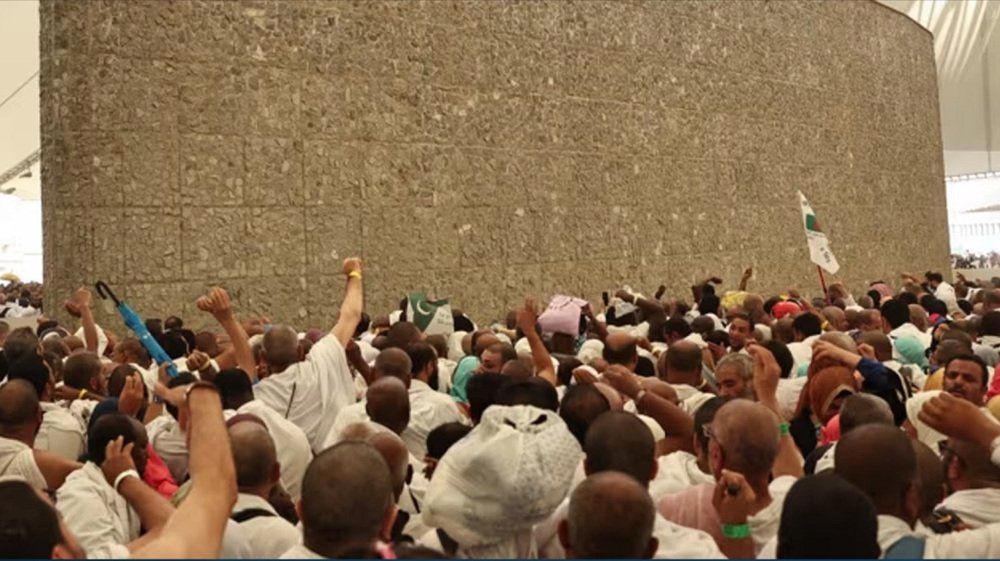
Images of individuals who are unaccounted for and appeals for any available details have inundated various social media platforms.
The Hajj, a fundamental duty of Islam, must be undertaken by all financially capable Muslims at least once. The outdoor rituals have been held mainly during the sweltering Saudi summer for several years.
Besides 600 Egyptian citizens among the deaths, fatalities are also among pilgrims from Jordan, Indonesia, Iran, India, Senegal, Tunisia and Iraq.
On Sunday alone, Saudi Arabia reported more than 2,700 cases of heat exhaustion, but it has not disclosed any information regarding fatalities.
Over 200 pilgrims, predominantly from Indonesia, lost their lives during the previous year.
What is Hajj?
Here I am at your service, oh Lord, here I am – here I am. No partner do you have. Here I am. Truly, the praise and the favor are yours and the dominion. No partner you have.
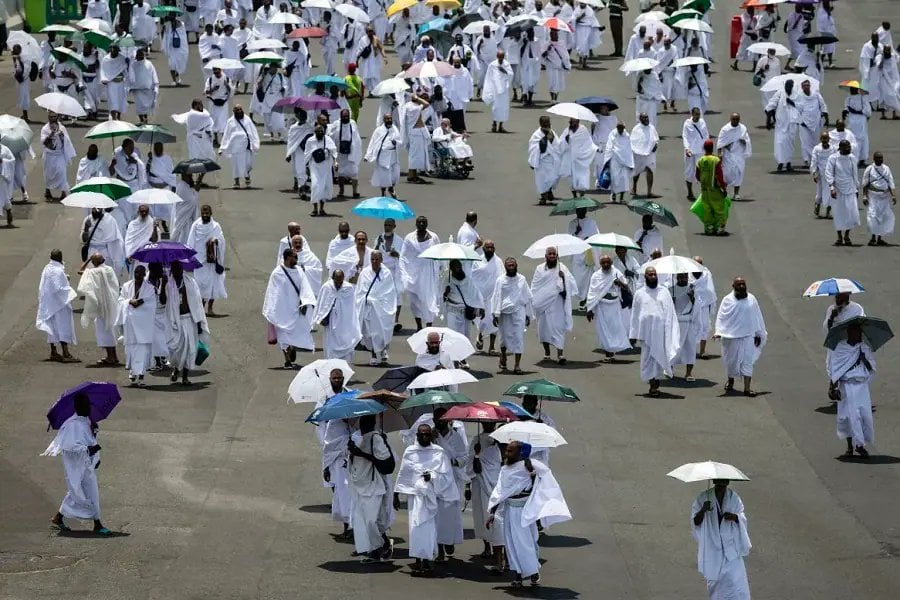
These are the words chanted by some two million people from across Saudi Arabia and worldwide, heading to one spot on Earth as if pulled by a magnet.
As has happened every year for 14 centuries, Muslim pilgrims gather in Makkah to perform rituals based on those conducted by the Prophet Muhammad during his last visit to the city.
Performing these rituals, known as the Hajj, is the fifth pillar of Islam and the most significant manifestation of Islamic faith and unity.
Undertaking the Hajj at least once is a duty for Muslims who can physically and financially journey to Makkah. The emphasis on financial ability ensures that a Muslim takes care of his family first.
The requirement that a Muslim be healthy and physically capable of undertaking the pilgrimage is intended to exempt those who cannot endure the rigors of extended travel.
The pilgrimage is the religious high point of a Muslim’s life and an event that every Muslim dreams of undertaking. Umrah, the lesser pilgrimage, can be undertaken at any time of the year; Hajj, however, is performed during five days from the ninth through the thirteenth of Dhu Al-Hijjah, the twelfth month of the Muslim lunar calendar.
In the past, and as late as the early decades of the last century, few people could “make their way” to Makkah for the pilgrimage.
This was due to the hardships encountered, the length of the journey, and the expense associated with it.
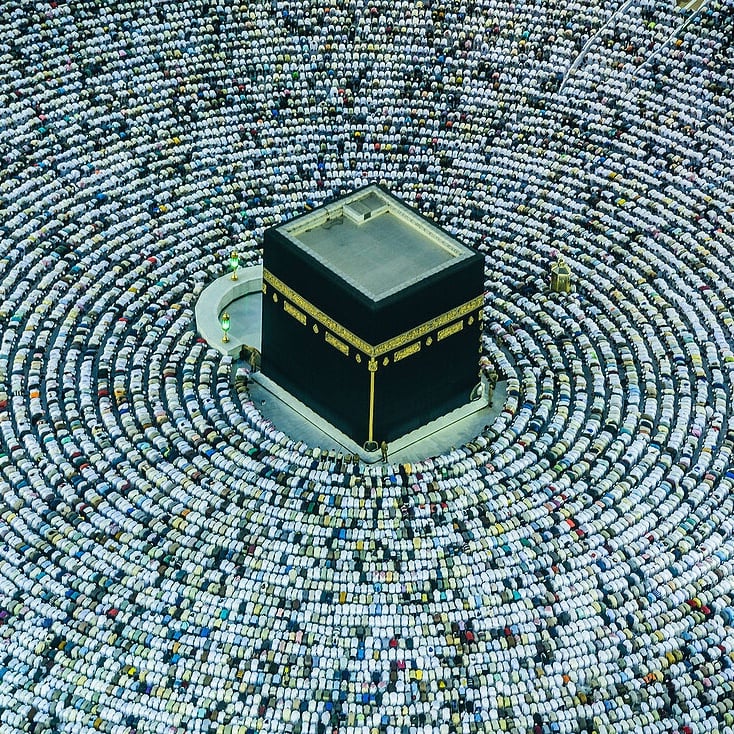
Pilgrims coming from the far corners of the Islamic world sometimes dedicated a year or more to the journey, and many perished during it due in part to the lack of facilities on the routes to Makkah and also in the city itself.
The circumstances of the Hajj began to improve during the time of King Abdul Aziz Ibn Abdul Rahman Al-Saud, the founder of the modern Kingdom of Saudi Arabia.
Significant programs were introduced to ensure the pilgrims’ security and safety, well-being, and comfort. Steps were also taken to establish facilities and services to improve housing, health care, sanitation, and transportation.
Today, though the rituals at the holy sites in and near Makkah have remained unchanged from the time of the Prophet, the setting for the pilgrimage and the facilities available to the pilgrims is a far cry from those that existed at any time in history.
Hardship was once expected and endured as part of the pilgrimage. Muslims who embarked on this undertaking traditionally assigned a relative or trusted community member as the executor of their wills in case they did not return from the journey.
Muslims today easily undertake the pilgrimage, receive a warm welcome on their arrival in Saudi Arabia, and are provided with the most modern facilities and efficient services possible. Without the distractions that their forebears had to contend with, today’s pilgrims are free to focus solely on the spiritual aspect of the Hajj.
Preparing to Welcome the Guests of God
“It is truly amazing,” said Rajeeb Razul, a journalist from the Philippines, as he stood on the roof of the Ministry of Information building near the Nimera Mosque in Arafat, watching a column of pilgrims that stretched to Mina almost eight miles in the distance make their way past the mosque toward the Mount of Mercy.
“To organize a gathering of humans this large, to house them, to feed them, and to meet their every need year after year must be a monumental task,” he observed.
Saudi Arabia considers serving God’s guests an honor and dedicates vast manpower and financial resources to the proper conduct of the pilgrimage.
Over the past four decades, it has spent billions of dollars expanding the Holy Mosque in Makkah and the Prophet’s Mosque in Madinah and establishing modern airports, seaports, roads, lodging, and other amenities and services for the pilgrims.
The establishment of these facilities by itself does not ensure a successful Hajj.
To do so, the Kingdom has established a vast organization supervised by the Supreme Hajj Committee. The committee reports to the Custodian of the Two Holy Mosques, King Fahd Ibn Abdul Aziz, who traditionally is in Makkah during the pilgrimage.
The committee seeks to coordinate the activities of various government ministries and agencies and prevent redundancy.
Each organization assumes responsibility for projects in its sphere of expertise. For example, the Ministry of Islamic Affairs, Endowments, Call, and Guidance issues special booklets in many languages on the rites of the Hajj for distribution among the pilgrims.
The Ministry of Health oversees medical services, while the Ministry of Information hosts journalists and members of the media from other countries to cover the pilgrimage and arranges for live satellite transmissions of the rituals worldwide.
Planning for each year’s pilgrimage generally starts after the previous one and involves evaluating various programs and, if necessary, introducing steps to improve any service deemed below par.
Once plans for the next Hajj are approved, they are sent to the appropriate government agency, which immediately sets out to implement them. The committee reviews the progress of these plans throughout the year, and once in place, the project is inspected several weeks before the pilgrimage starts.
A Vast Brotherhood
Performing the Hajj is the spiritual apex of a Muslim’s life, providing a clear understanding of his relationship with God and his place on Earth.
It imparts in a Muslim not only the assurance that he has performed the fifth pillar of Islam by following in the footsteps of the Prophet but also the realization that he is part of an ummah (nation) that is more than one billion strong and spreads across the globe.
This feeling is brought home upon the pilgrim’s arrival in the Kingdom. Most pilgrims arrive by air, and as their planes taxi toward the impressive Hajj Terminal in Jeddah, they pass jetliners with familiar names, but also ones that bear exotic markings such as “Southern China Airlines” and “Daghestan Airlines” and others from every part of the world.
While waiting to be processed through the arrival hall, the pilgrim begins to shed his identity as he stands amidst a sea of people in Ihram, the two seamless pieces of white cotton men wear, and the simple, generally white, attire women wear. Here, no one can tell a person’s social or economic status or national origin based on his clothes.
Suddenly, the pilgrim is, above all else, a Muslim, and the realization slowly sets in that he is now focusing more than ever on other people’s faces rather than their clothes.
These faces represent almost every race or nationality on Earth. As energetic young Saudis move the pilgrims rapidly through customs, he notices Arabs, Indians, Bosnians, Chinese, Spaniards, Africans, Laotians, French, Americans, and many others.
Contact with people from such diverse races and nationalities over the days and weeks spent in the Kingdom engenders in the pilgrims a sense of understanding of and trust in total strangers simply because they are performing the Hajj together.
Arriving in Makkah
Before heading toward Makkah, the pilgrims are already dressed in Ihram or may change at Miqat, where special facilities are set up for this purpose. Donning the Ihram enters a state of spirituality and purity.
On the way from Jeddah to Makkah along the modern superhighway, pilgrims board one of the fleet of 15,000 buses assigned to the Hajj. This vast concourse of vehicles approaches Mina, some four miles northwest of Makkah, where most pilgrims are housed in the thousands of air-conditioned tents stretching to the limits of Mina Valley.
Walking through this vast city that has been established for use for only a few days a year, the pilgrim is struck by the orderliness of the place. Food is prepared in hundreds of kitchens spread throughout Mina and distributed among the tents.
Thousands of drinking fountains and wash areas are located throughout the tent city.
Hundreds of medical clinics supplement the hospitals in Makkah and Arafat.
Security personnel and traffic police guide and help pilgrims. Despite the clear signs and numbered rows, some pilgrims, particularly the elderly, tend to get lost and need assistance finding their tents or groups. Banks of telephones are located in all the pilgrimage sites, allowing pilgrims to make direct international calls.
The Rites of Pilgrimage
After sunrise on the ninth of the Islamic month of Dhu Al-Hajjah, this vast crowd of nearly two million begins to walk some eight miles to the Plain of Arafat, passing Muzdalifah on the way. Many perform the noon and afternoon prayers at the Nimerah Mosque, a tradition set by the Prophet.
Approaching Arafat by midmorning, the pilgrim is amazed to find the vast plain covered by what appears to be a thick fog, even though the temperature hovers around 90 degrees Fahrenheit.
This optical illusion is created by thousands of sprinklers placed atop 30-foot poles and spaced some 50 feet apart, which spread a fine mist of water to provide coolness. Millions of containers of chilled water are distributed from refrigerated trucks along the pilgrim route.
Despite these precautions, the wail of sirens is ever present as hundreds of ambulances pick up pilgrims suffering from heat exhaustion and transport them to special clinics for treatment. The more severe cases are evacuated by helicopter to hospitals.
Pilgrims are required to spend the day in the plain, performing what is called the Standing at Arafat.
Here, they also visit the Mount of Mercy and ask for God’s forgiveness for any sins committed and for blessings. Facilities have also been set up here to feed the pilgrims and meet any requirements they may have.
After the sun has set, this river of humanity retraces its steps back toward Makkah but stops at Muzdalifah until the brightness of day appears on the eastern horizon.
Here, the pilgrims collect seven pebbles and carry them to Mina. As they arrive in the valley, they trek along a two-level pedestrian walkway some 100 yards wide toward the three stone pillars called the Jamarat, which are meant to represent Satan.
The pilgrims must cast the pebbles they have collected at the Stone Pillar of Aqabah while praising God, symbolically rejecting Satan.
As the pilgrims approach along the walkway, they join those already at the pillar and, after hurling their pebbles, circle toward the exit ramp in the direction of Makkah. Signs in various significant languages direct the crowds along the route.
The pilgrims then walk some four miles along pedestrian walkways to Makkah, where they perform the tawaf, circling the Ka’abah in the Holy Mosque seven times counterclockwise.
They then perform sa’ay, the running between Safa and Marwa in an enclosed, air-conditioned structure. Male pilgrims are then required to shave their heads, although cutting a lock of hair is acceptable for both men and women.
At this point, the pilgrims sacrifice an animal and donate its meat to the needy. Each year, over 600,000 animals are sacrificed in modern abattoirs, which process the meat over the three days of Eid.
This sacrificial meat is distributed to those in need in some 30 countries.
The rites of the pilgrimage are now completed. Pilgrims come out of Ihram and wear their normal clothes, but they remain at Mina for Eid Al-Adha, the festival that signals the culmination of the Hajj.
Over the next two days, they stone the three pillars in the Jamarat before performing the Tawaf Al-Wida, the Farewell Circumambulation of the Ka’abah, before they depart from the city.
While not required as part of the Hajj, most pilgrims visit the Prophet’s Mosque in Madinah during their visit to the Kingdom.
A Spiritual Journey
Throughout the Hajj, the largest annual gathering of people on Earth, the pilgrimage is marked by a total absence of disagreements or altercations among the pilgrims. Courtesy and helping others are the norm. Peace, serenity, and piety pervade the entire pilgrimage and the pilgrims.
After the Hajj, the pilgrim profoundly feels he has undergone a life-transforming spiritual experience.
He comes away with pride in successfully performing a ritual dedicated to God and belonging to a huge family of people who share the same religious beliefs. He has also acquired a sense of humility, inner calm, brotherhood, and strength that lasts a lifetime.
(eTN): Hajj is Amazing but Deadly for almost 1000 Pilgrims to Mecca | re-post license | post content

